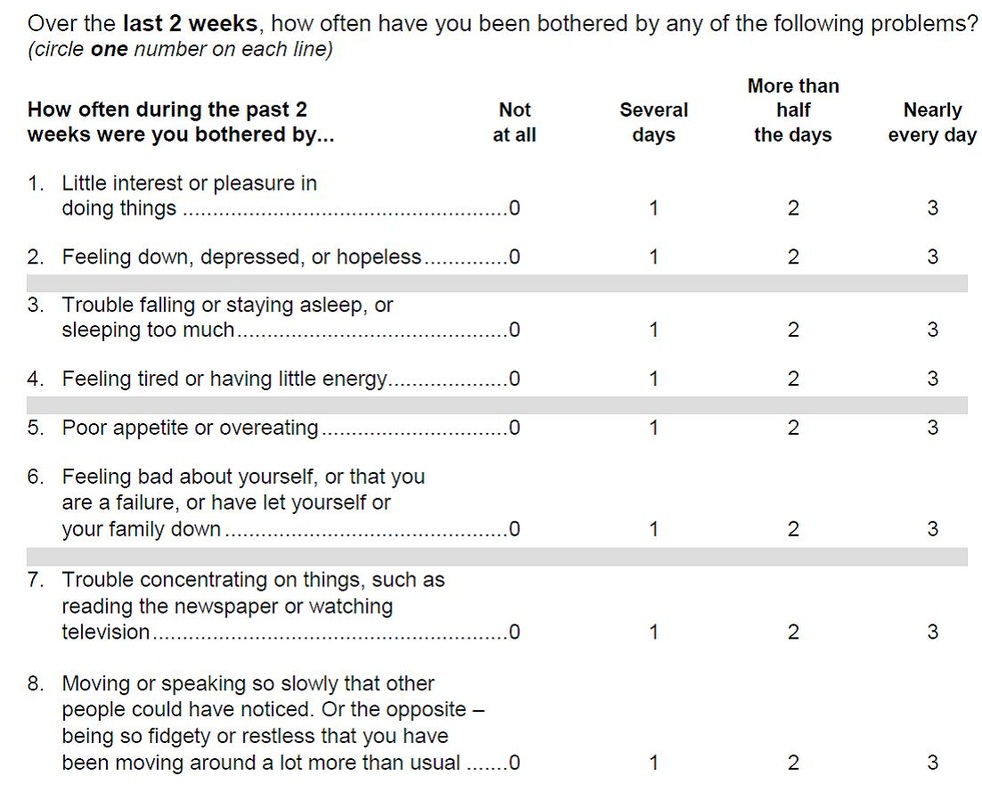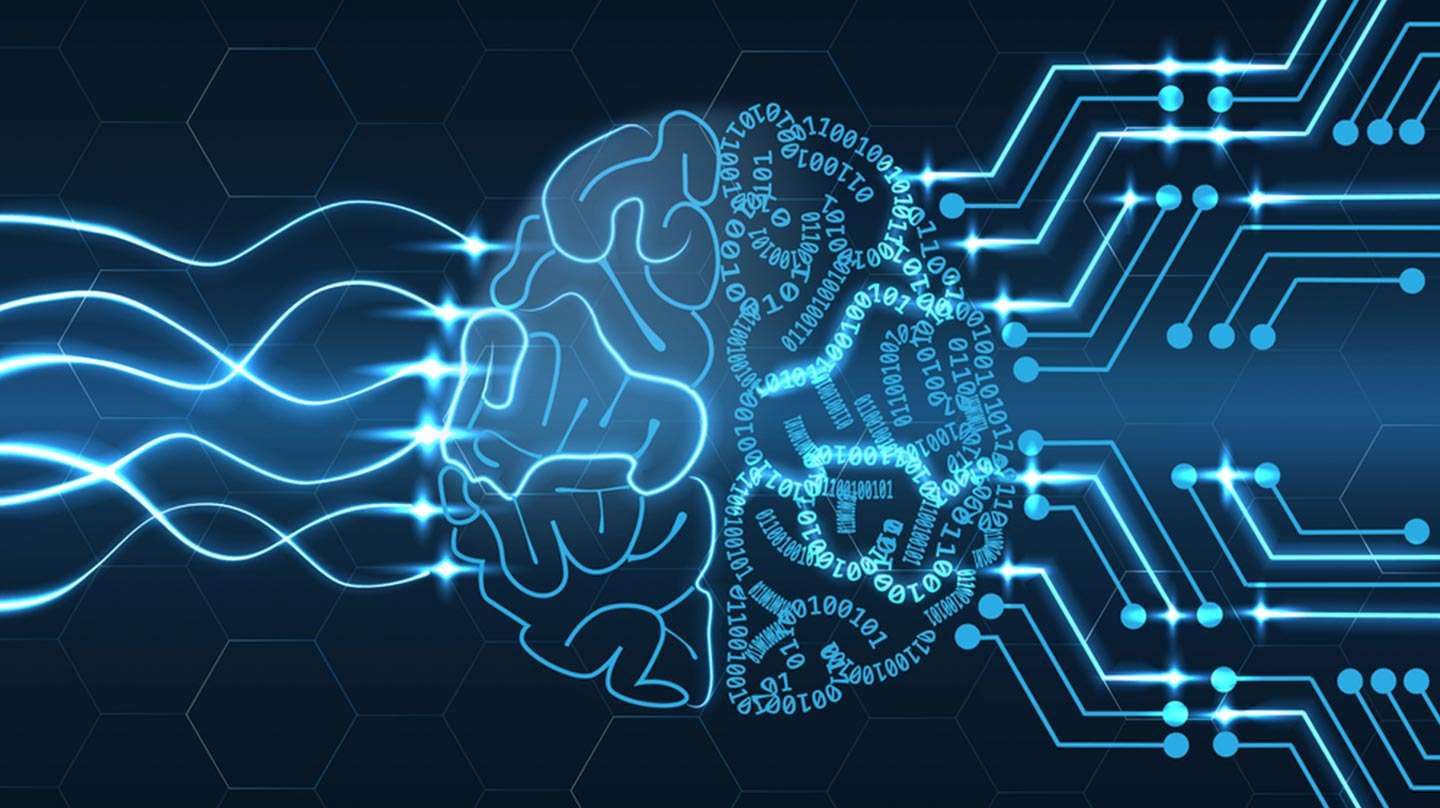Kelsey Wallace
Psychology- History & Systems
Professor Mark Berg
In this chapter measuring personality is discussed at large. A problem with measuring personality is that traits are not visible objects nor are they specific actions, this is problematic because researchers are unclear and unsure about how exactly to measure them. It was agreed that to start, researchers must decide and declare exactly what they are measuring. Meaning that researchers must operationally define their variables in order to clarify to others what they are concerned with measuring within their experiment. There are different ways researchers have studied these traits and behaviors such as personal documents & histories, interviews, observer ratings, & questionnaires.
Assumptions: It is widely assumed from this chapter that questionnaires are the most common and best method of observing and interpreting behavioral data. It is also in this chapter that the downfalls of questionnaires are discussed. These being the length (long vs. short), respondents felt embarrassed to answer questions truthfully, and how strongly simed at pathology it is. I would argue that a while a shorter questionnaire would be more "pleasant" to the subjects, it may not be as inclusive or meaningful as a lengthier one would be. It is extremely important that respondents feel comfortable enough to answer each questions truthfully as well, without this a researcher would lack reliable and valid results to draw conclusions from.
Psychology- History & Systems
Professor Mark Berg
Journal #1- Chapter 11
In this chapter measuring personality is discussed at large. A problem with measuring personality is that traits are not visible objects nor are they specific actions, this is problematic because researchers are unclear and unsure about how exactly to measure them. It was agreed that to start, researchers must decide and declare exactly what they are measuring. Meaning that researchers must operationally define their variables in order to clarify to others what they are concerned with measuring within their experiment. There are different ways researchers have studied these traits and behaviors such as personal documents & histories, interviews, observer ratings, & questionnaires.
Question at Issue: One major question I have when reading about the major methods for psychoanalytic interpretations to behavioral data is how reliable and valid are they? Personal documents and histories contain things such as autobiographies and diaries. Is it possible that using information that a subject self reports may be biased? If so, is the bias skewed in a specific direction, for example is the subject more or less likely to self record what the believe is useful/ beneficial to the study rather than what they really fell or experience?
Implications: A consequence I see when using interviews or observer ratings for interpreting behavioral data is that these methods as well are open to bias. When in an interview I believe it is very possible for a subject to act in a manner that is not necessarily consistent to how they would act if they were with a group of friend or alone. If you are using an interview as a way to examine the behavior of an individual you must be able to account for the likelihood that the subject will not be their authentic self. When it comes to observer ratings, I think it is also very likely that different observers may have different observations of the same subject. How can this be reliable & valid if the scores for the same subject are different between the observers?
Assumptions: It is widely assumed from this chapter that questionnaires are the most common and best method of observing and interpreting behavioral data. It is also in this chapter that the downfalls of questionnaires are discussed. These being the length (long vs. short), respondents felt embarrassed to answer questions truthfully, and how strongly simed at pathology it is. I would argue that a while a shorter questionnaire would be more "pleasant" to the subjects, it may not be as inclusive or meaningful as a lengthier one would be. It is extremely important that respondents feel comfortable enough to answer each questions truthfully as well, without this a researcher would lack reliable and valid results to draw conclusions from.
Journal #2- Chapter 14
In this chapter the ways of looking at vision are widely discussed. Stating that the neutral and cognitive major approaches only explain some of the phenomena of perception. That a comprehensive and unifying theory of perception has not be found yet. Suggesting that is may be possible that visual perception is too complex that we are unable to understand all of the possible concepts and the two different approaches deal with events at different levels of complexity.
Information: What you first must understand is what the neutral approach and the cognitive approach are. The neutral approach concerns how the sensory nerves transmit different sensations to the brain, this was a question of many 19th century physiologists as well. The neutral approach believes that nerve impulses do not differ, the receptors that respond to specific stimuli send messages separately to the striate. The cognitive approach concerns things such as shape consistency, feature identification, and form recognition. The cognitive approach believes that mental processes are made up of billions of neuronal events. Additionally, the mental process of visual perception are organized mass effects of neural phenomena expressed by mental laws.
Question at Issue: A question I am left with after examining this chapter would be, how can thinking & perception be believed to be artificial intelligence within our brains? I find it very hard to process how exactly the neutral theory explains our brains as a sort of AI approach. I find this to be very un-humanlike. The cognitive approach however is based and rely on laboratory studies of human thinking as opposed to the neutral approach relying on machine simulations of human thinking.
Concepts: When discussing the cognitive approach to perception, Roger Shepard "mental rotation" experiment arises. This experiment asked its participants to say whether objects in three pairs were identical. After some time, many participants notice that pair A and pair B were identical but pair C was not identical. Participants said they reached this conclusion by rotating the objects in their minds. This demonstrated that the more a figure had to be rotated to match its pair, the longer it would take participants to identify if the pairs matched.
Journal #3- Chapter 18
This chapter discusses psychology and its use within courtrooms. This chapter explains how at first it was held that psychology could be of great use to courtrooms through judges and lawyers. However, as it is widely known today there are many psychology uses within the courtroom that are being questioned as permissible evidence. Things such as predictions of danger assessments, lie detector tests, and jury selection are all things that have recently become under question.
Assumptions: Scientific jury selection is assumed to be one of the more bias ways to determine/ skew a ruling in the favor of the psychologist's client. This is because the psychologist aims to select jurors who are predictably biased in favor of their client. The case of Joan little is discussed and within this specific case, the psychologist aimed to select a jury consisting mainly of black women and young democrats who were college educated. Would selecting a jury that would give you a desired result a way of manipulating the court system? Or is this a method that all on trial should be given access to?
Question at Issue: One main question I have after reading this chapter is how lie detector tests were ever allowed as evidence within a courtroom. This chapter discusses how thousands of employees for the FBI, CIA, and other government agencies have all been given a lie detector tests and have all passed, even those who were later discovered to be a spy. It is also stated that the polygraph is only a fear detector, not a lie detector. That it is our fear of the machine detecting our lies that drives it to determine if what we say is the truth or not.
Implications: One consequence I see to allowing psychologists to predict the likelihood of an incarcerated individual to reoffend once released is that this could have serious effects if the prediction is made incorrectly. This chapter discusses that the predictions made by psychologists were only correct one third of the time. This means that more times than not, they were wrong and possibly assessed a harmful individual as an unharmful one.
/negotiation-825223964-599c5fbb845b340010e85f33.jpg)
/getty-diary-58b9d11b3df78c353c38bf9d.jpg)






Completely agree on the fact that it's somewhat surprising that lie detectors are still being used as "evidence", despite being proven how they are faulty and have false results. There are people with anxiety/fear problems who can fail, and psychopaths with no emotions or fear who can pass-- it's all one big mess, in my opinion.
ReplyDelete